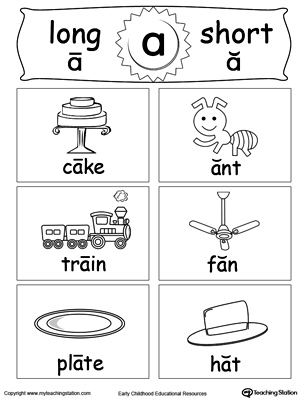

In some dialects of English, like RP or General American, tense vowels (and diphthongs) naturally acquire a longer duration of pronunciation than lax vowels. The sounds in these pairs are very close together in the mouth, pulled apart by the tenseness, or lack thereof, of their pronunciation. Pate and pet demonstrate a tense-lax pairing, as do peek and pick. These pairings are based on the sounds’ locations in the mouth and are therefore a little different than those traditionally associated with the letters. whether the muscles in the mouth are more tensed or relaxed in the production of the sound. The difference, though, is not a matter of length, but whether the vowel is tense or lax, i.e. Like the long/short vowel spelling distinction, linguists have identified pairs of vowels that are separated by no more than a little difference in quality. To illuminate this claim, we’ll need two ingredients: an understanding of vowel tenseness in English, and an important sound change from the language’s past.įor scholars of English, a more important distinction than vowel length is vowel tenseness. In another sense, though, it’s not so incorrect to say that pat has a short A and pate has a long A. It’s almost like these sounds ( and, in IPA) aren’t really related, they just timeshare a spelling. The same is true of the other “long” and “short” vowel pairings. In our example above of pat and pate, these words actually contain two distinct vowels pronounced in two different places in the mouth. Furthermore, English orthography uses five or six symbols to represent more than a dozen different vowel sounds (not exactly an efficient system).

2 Our spellings are generally standardized now, but they are only representations of words, and they do not dictate how a word actually sounds. The first important thing to remember is that writing is not equivalent to the language itself. We actually briefly discussed this before, many moons ago during our introduction to vowels, but I wanted to add a little more detail today. When there’s a silent e at the end, the vowel is long, like in pate 1.” Then there were a dozen exceptions and addenda (including the fact that A could be five different sounds), but the long and the short of it was, there are long vowels and there are short vowels.Īnd you know something? There are long and short vowels in English. “When a vowel is by itself,” our teachers continued,”it’s short, like in pat. And sometimes Y.” (“That’s six!” we saucily retorted. “There are five vowels,” our teachers told us, “A, E, I, O, U.
#Long vowel and short vowel sounds how to
I remember, long ago in elementary school, learning how to spell.


 0 kommentar(er)
0 kommentar(er)
